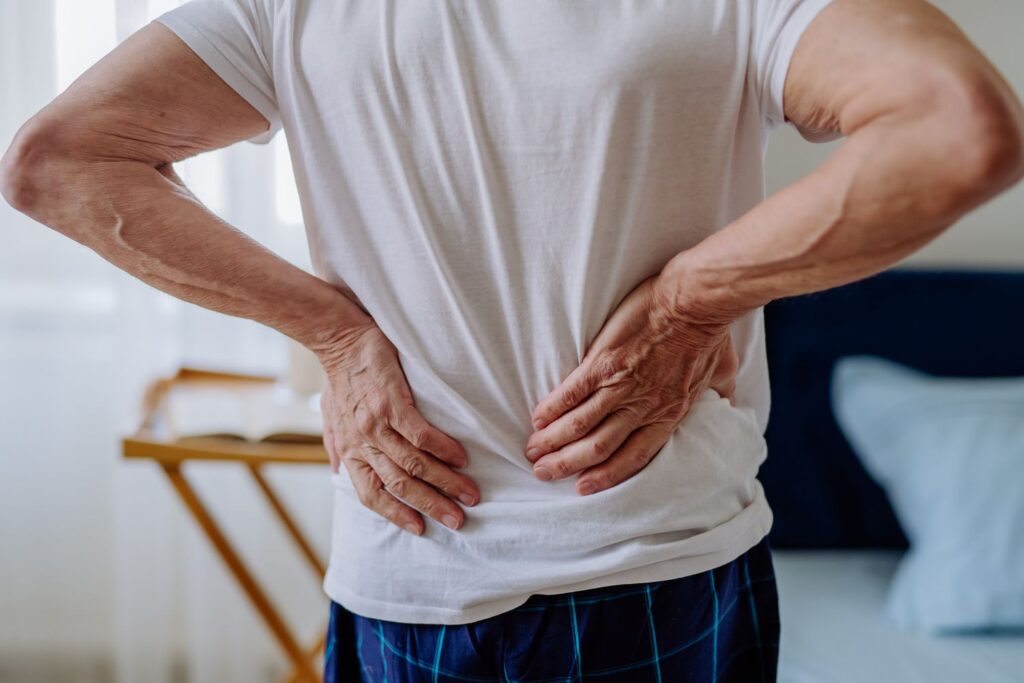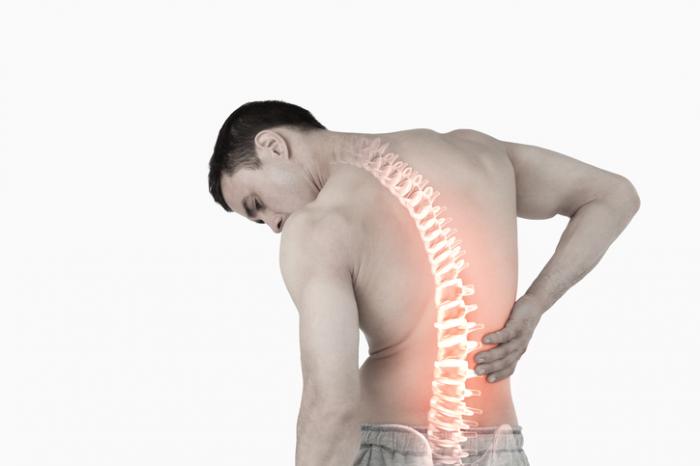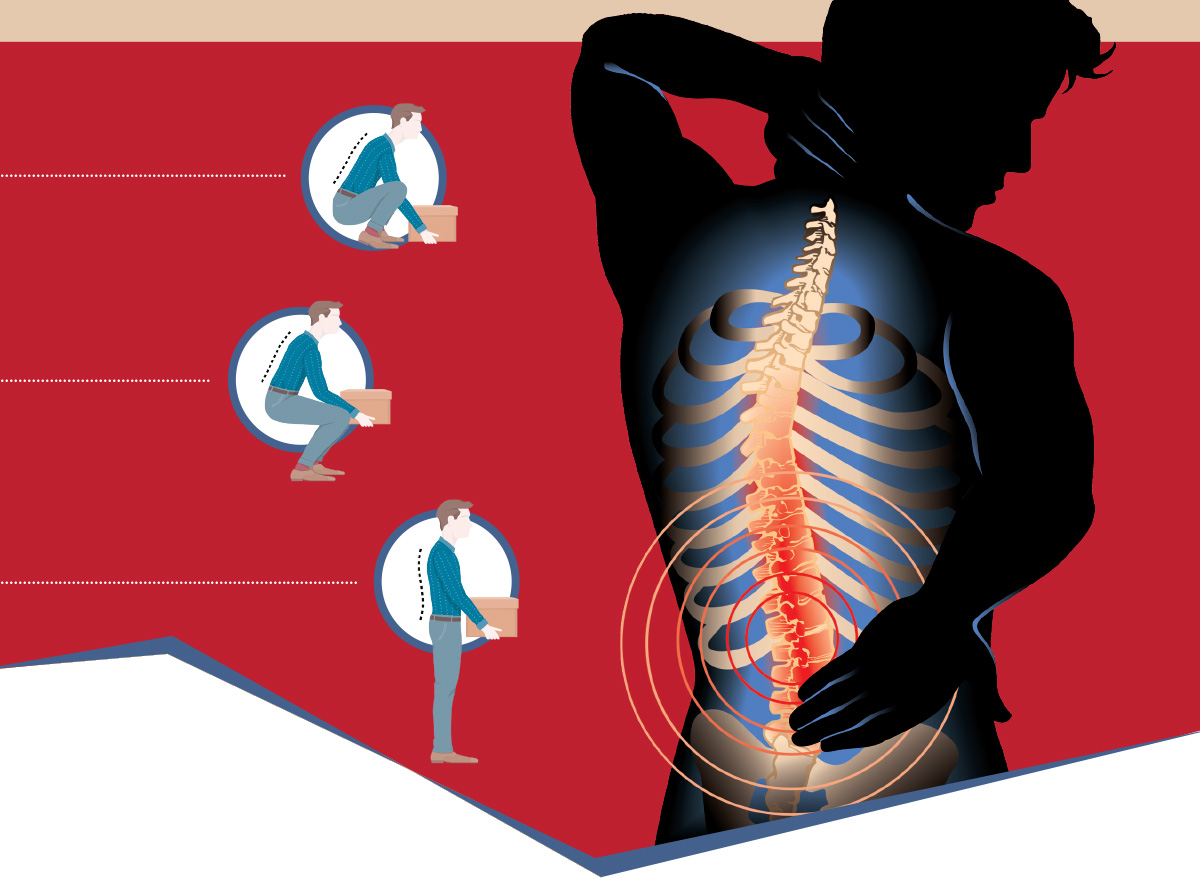It is an ailment that affects millions of people worldwide.It can hurt suddenly and sharply, or it can be a gradual, continuous discomfort. Whether it’s a result of poor posture, a specific injury, or an underlying medical condition, This pain can significantly impact one’s quality of life. In this blog, we’ll delve into the causes of back pain, explore effective prevention strategies, and discuss various treatment options available to manage and alleviate this common condition.
Causes of Back Pain
It can arise from a multitude of factors, and understanding these causes is crucial for effective treatment and prevention. The most common causes include:
Muscle or Ligament Strain
Overexertion during physical activity, improper lifting techniques, or sudden awkward movements can strain the muscles and ligaments in the back. This strain often results in pain and discomfort that can vary in intensity.
Herniated Discs
The spine is made up of vertebrae cushioned by discs. A herniated disc occurs when one of these discs bulges out of place and presses on nearby nerves, causing pain that can radiate to other parts of the body, such as the legs or arms.
Degenerative Disc Disease
As people age, the spinal discs naturally lose hydration and elasticity. This degeneration can lead to reduced disc height and can cause pain and stiffness in the back.
Posture Issues
Poor posture, such as slouching while sitting or standing for long periods, places undue stress on the spine and muscles.This may eventually result in persistent back discomfort.
Injuries and Accidents
Falls, car accidents, and sports injuries can result in acute back pain. These injuries may affect the vertebrae, discs, or muscles, leading to pain and discomfort.
Underlying Medical Conditions
Certain conditions, such as arthritis, osteoporosis, and kidney infections, can also contribute to this pain. These conditions may cause inflammation, reduce bone density, or affect nearby organs.

Prevention Strategies
It is frequently more successful to prevent back discomfort than to cure it after it develops. It is possible to lower your chance of having this pain by implementing specific lifestyle modifications and routines. Here are some strategies to consider:
Maintain a Healthy Weight
Weight gain, especially around the midsection, can exacerbate the strain on the spine.Maintaining a healthy weight through regular exercise and a balanced diet can help prevent back pain
Exercise Regularly
Engaging in low-impact exercises that strengthen the core muscles and improve flexibility can provide support for the spine. Activities such as swimming, walking, and yoga are excellent choices.
Practise Good Posture
Pay attention to your posture whether you’re sitting, standing, or lifting objects. Ensure your back is straight and your shoulders are aligned with your hips. When sitting, choose a chair with sufficient lumbar support.
Lift Objects Properly
Steer clear of bending at the waist when lifting large objects. Instead, use your legs to lift the object, keeping your back straight and the object close to your body.
Use Ergonomic Furniture
Investing in ergonomic furniture, such as an adjustable chair or desk, can help maintain proper posture and reduce back strain, especially if you spend long hours at a desk.
Take Frequent Breaks
If your job involves sitting for extended periods, take regular breaks to stretch and move around. This helps alleviate muscle tension and prevents stiffness.

Treatment Options
If back pain does occur, various treatment options are available to alleviate discomfort and promote recovery. The appropriate treatment depends on the severity and underlying cause of the pain.
Medications
Painkillers available over-the-counter, including acetaminophen or ibuprofen, can be used to treat mild to moderate back discomfort. A doctor may recommend stronger drugs or muscle relaxants for more severe pain.
Physical Therapy
A physical therapist can create a customized workout plan to enhance flexibility, strengthen the back muscles, and improve posture. Physical therapy can be highly effective in managing and reducing pain.
Heat and Cold Therapy
Back pain can be relieved by applying heat or cold packs to the afflicted area. Heat helps relax muscles and improve blood flow, while cold therapy reduces inflammation and numbs the area.
Alternative Therapies
Some individuals find relief from alternative treatments such as acupuncture, chiropractic adjustments, or massage therapy. These therapies may help alleviate pain and promote healing.
Surgery
In cases where conservative treatments are ineffective and the pain is severe, surgical options may be considered. Procedures such as discectomy, laminectomy, or spinal fusion can address specific issues like herniated discs or spinal stenosis.
Lifestyle Modifications
Incorporating lifestyle changes, such as improving diet, managing stress, and adopting a healthier lifestyle, can complement other treatments and contribute to overall back health.
Explore more The Ultimate Guide to Immune System Boosters
Conclusion
Back pain is a common and often debilitating condition that can impact daily life. By understanding its causes, adopting preventive measures, and exploring various treatment options, you can manage and potentially alleviate this discomfort. Maintaining a healthy lifestyle, practicing good posture, and seeking appropriate medical care are key steps in addressing this pain effectively. If you experience persistent or severe pain, consulting with a healthcare professional is essential for a proper diagnosis and treatment plan.
By staying informed and proactive, you can take control of your back health and improve your overall well-being.









